‘No Sudden Move’ is a noir crime film by Steven Soderbergh set in the Motor City in the 1950s. The story follows two men from the lower rungs of Detroit’s crime scene, brought together for an odd job. As these things generally go, the simple operation snowballs into a full-blown brawl of one-upmanship between the city’s powers, with our heroes trying to get out with their lives and as much money as they can. Set amidst racial tensions and a capitalistic war between the big 4 automobile manufacturers, the film’s layered, morally gray outlook isn’t too generous with neatly tied endings. ‘No Sudden Move’ closes on a note that doesn’t seem to change anything, except it does. Let’s take a closer look at it. SPOILERS AHEAD.
No Sudden Move Plot Synopsis
The film opens with Curt Goynes (Don Cheadle), recently paroled due to prison overcrowding, being hired for a “babysitting” job. He is soon joined by Ronald Russo (Benicio Del Toro), another small-timer looking for work, and the two men are ordered to hold a family hostage whilst their unknown employer extracts a mysterious document from the man of the household. Things go sideways, and Goynes and Russo escape after having learned that the plan also involved the two of them ending up dead.
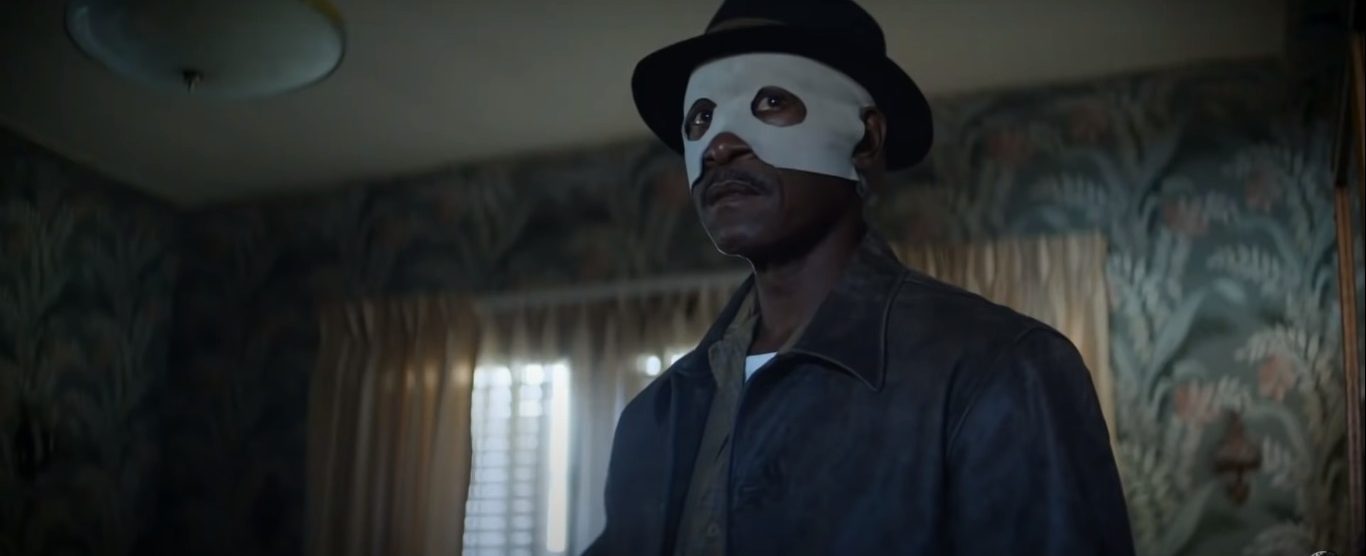
Both Goynes and Russo have messy relationships with the Black and Italian crime families, and we now find out why. Goynes, in the past, had stolen a valuable (and incriminating) diary from Aldrick Watkins, the head of the Black crime family. The same Goynes now, angry at having almost fallen for the trap and lost his life, decides to steal the document for himself.
Russo, a little apprehensive about the bold move, decides to play along after realizing how much money there is to be made. Once the valuable document is obtained, Goynes decides to push his luck and go above Frank, the Italian crime boss who originally hired them to obtain the document. The surly Frank, whose wife Russo is having an affair with, is soon disposed of, and Goynes eventually finds himself standing face to face with Lowen (Matt Damon), a shadowy automobile magnate who was orchestrating the original deal.
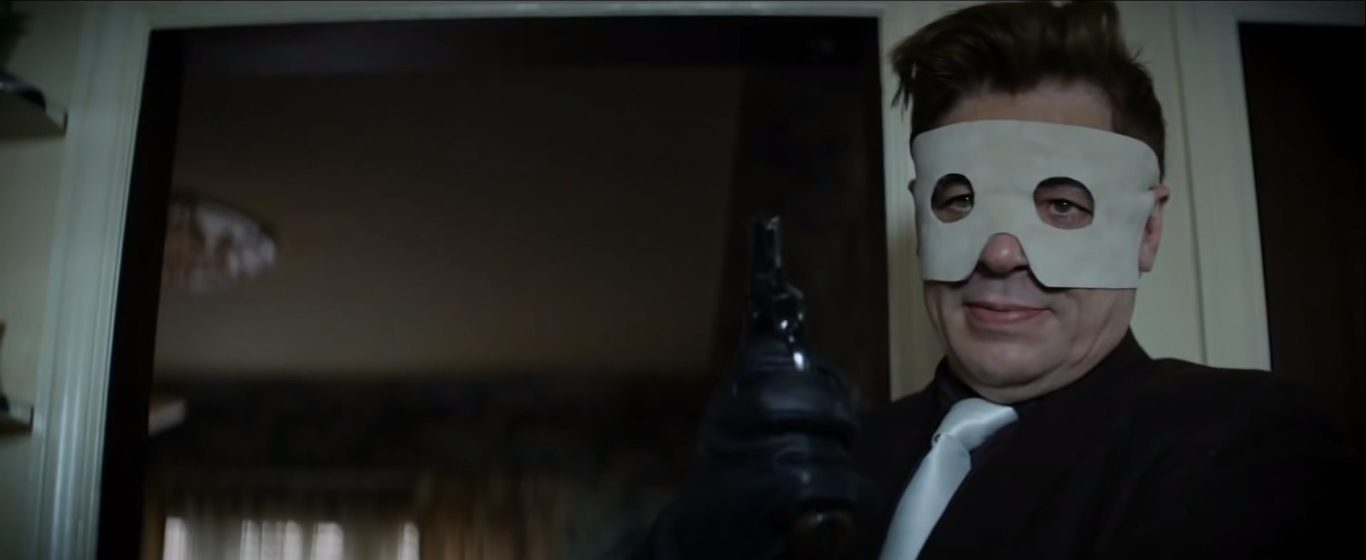
Lowen is impressed by how two small-timers like Goynes and Russo outsmarted their way to the top and agrees to pay them the princely sum of $375,000, much more than the paltry $5000 that Curt agreed to when he took the job. He does, however, remind them both that they are just pawns playing by the rules made by people like him.
No Sudden Move Ending: Is Curt Goynes Dead?
The handoff goes smoothly, but Goynes and Russo are soon accosted by the vengeful Atkins who carries off the man that stole his diary all those years ago, leaving an astonished Russo behind with all the money they just made. Speechless, he rushes to find Frank’s recently widowed wife, Vanessa, planning to run away together. However, as they drive away with a suitcase full of cash, Vanessa kills Russo, hoping to keep the money for herself. As it happens, she is soon stopped by a traffic cop who confiscates the money.
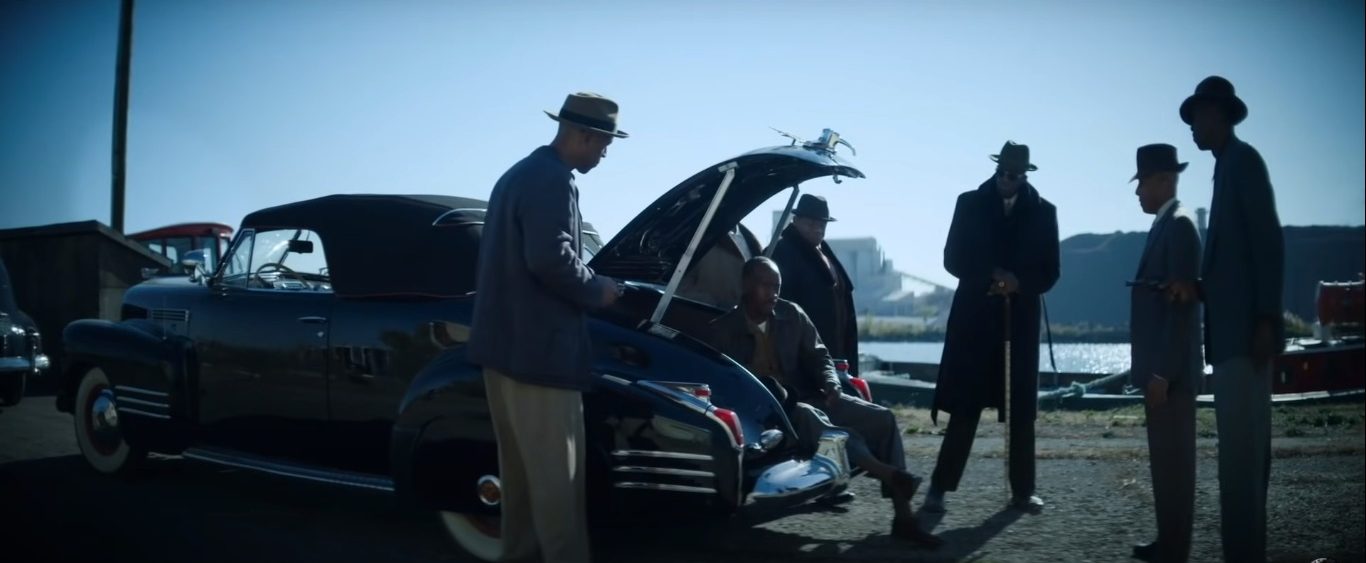
We then see the cash returned to Lowen by a detective, who also gives him the $50,000 in bribes that Atkins gave the detective in exchange for being allowed to kill Goynes. Lowen pretends that it is all his money and offers the police official an $80 bottle of liquor to show his appreciation. In the film’s closing scenes, Watkins confronts Goynes but ultimately lets him go with the $5000 that was his originally agreed fee for the job that started the whole sequence of events.
So it looks like, against all odds, Curt Goynes is alive. Considering he stole Watkins’ precious diary (which would be a death sentence in itself) and then tried to doublecross the stony-faced crime boss, it is quite unexpected to see Goynes walking down the street at the close of the film, much like he was at the beginning. Except, he’s $5000 richer.
Goynes’ life is most likely spared for two reasons. The first is that he eventually cuts Watkins into the deal and promises him Russo’s share. Though the menacing crime boss doesn’t keep the money, he makes a note of Goynes’ loyalty. When the latter subsequently tells Watkins that he came back because he knew Watkins was a trustworthy man, the crime boss relents and lets Goynes live. He’s also impressed when the small-time criminal asks for nothing more than the $5000 he was promised at the start. This latest interaction with Watkins might just see the cunning Goynes rising in the criminal world, though his new boss is undoubtedly going to keep a close eye on him.
Is Ronald Russo Dead?
Ronald Russo, though cunning in his own way, is never quite as ambitious as Goynes and follows the ex-convict’s lead, often remarking at his audacity. It, therefore, comes as a surprise to everyone (except probably Watkins) when Russo is left with his as well as Goynes’ share of the money when the latter is abducted by the Black crime boss. For a few glorious moments, it feels like Russo has hit the jackpot. The ideal getaway with the money and the “girl” (Vanessa) takes a surprising turn as the latter puts a bullet in Russo’s head just as he’s popping a bottle of champagne.
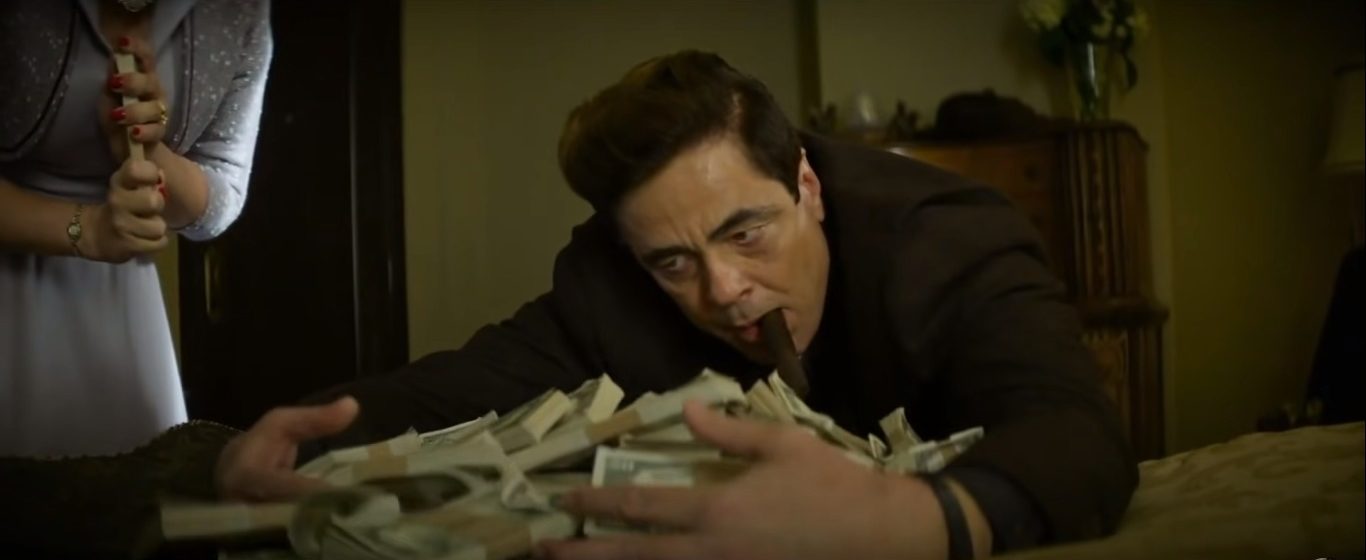
It looks like Russo is decidedly dead. Just moments ago, it looked like he got the best possible outcome while his partner Goynes got the raw end of the deal. But being alive with $5000 suddenly sounds a whole lot better than being dead after briefly holding $375,000. Russo’s death is possibly one of the more tragic moments in this movie, as the small timer was never too keen on being a part of the elaborate plot in the first place. His passive, along-for-the-ride demeanor worked up to an extent, which saw him walking away with a huge bounty without making any new enemies.
However, Vanessa killing Russo is also justified. Having seen the ill-tempered Frank and getting a glimpse of the way he treated his wife, it was not surprising to see her shoot her husband through the head. Vanessa’s bid for freedom from her gangster husband would feel short-changed if she just ended up with another small-time gangster-like Russo.
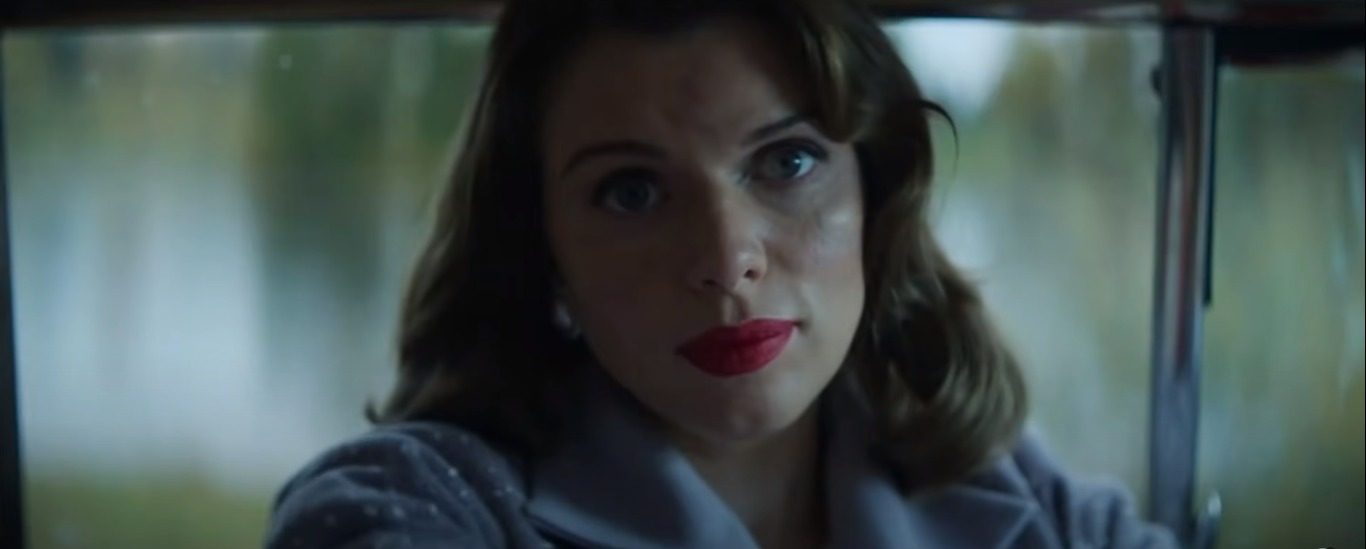
Therefore, grabbing possibly the only shot at true freedom that she might get, Vanessa disposes of Russo and attempts to make off with the money. Shortly after, however, she is accosted by a cop who barks orders at her and takes the money, leaving her standing stunned on the side of the road. This film enjoys swimming in moral ambiguity, and Vanessa and Russo’s tale is one of the finest examples of this.
What Was on the Document?
The all-important document, which seems to have multiple powerful industrialists and gangsters in the city looking for it, turns out to be the design plans for a revolutionary new exhaust system. The plans for the catalytic converter, as Lowen reveals near the end, could end up shaking the automotive industry and have far-reaching socioeconomic effects.
Considering the film is set in Detroit — the heart of the American automotive industry — the revolutionary automotive technology becomes all the more symbolic. It is, therefore, easy to understand why the “Big 4” automotive companies are so desperately chasing the document or why Lowen agreed to pay the godly sum of money that he did for the designs.
How Does the Money Come Back to Lowen?
Lowen’s ominous outburst about him being the capitalist version of God who makes the rules that lesser people (like Goynes and Russo) only play by but never fathom turns out to be eerily accurate. When he earlier mentions to a gloating Russo that any money he loses, he soon earns back, it sounds as though Lowen is expounding on his business prowess. However, he gets back the money he pays out for the classified automotive designs, as well as about $80,000 in extra cash that the detective thinks belongs to him.
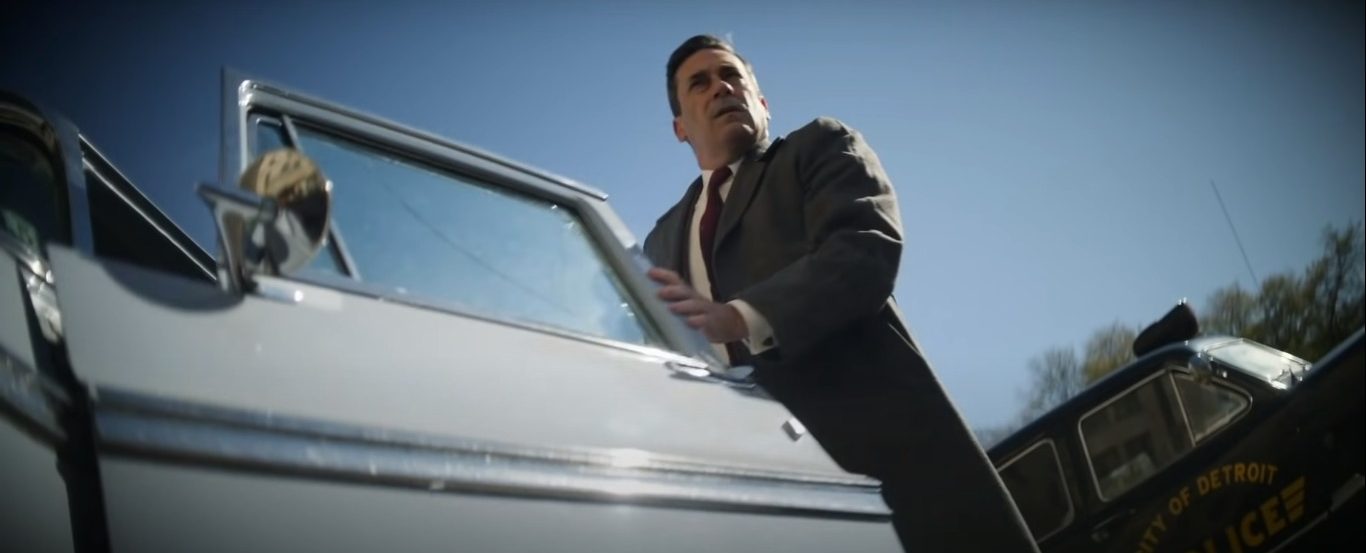
Lowen, we find, does seem to control the shady world he inhabits. He hints at having investments in infrastructure, property development, and the automotive industry, and from the looks of it, is important enough to have an incorruptible detective at his beck and call. Lowen obviously has political connections, which he uses to enrich himself.
The “system” is clearly on display here, with the self-righteous industrialist and “promoter of progress” being the biggest criminal of them all and using the police for his dirty work. In a blink-and-miss scene, we get proof that the hardened mob boss Watkins also respects the shady industrialist, which is why he refuses to take his money and leaves it with Russo, saying, “That money’s too expensive.”
It is no accident that while Goynes fights tooth and nail to pull off a scheme that will earn him some cash, Lowen effortlessly orders the police to track the money and bring it back to him, which they do unquestioningly. It is sickeningly poignant to see the self-righteous magnate take over $450,000 that the detective recovers for him and then offer him an $80 bottle of liquor as thanks. It brings out the message of the movie loud and clear — there is always a bigger criminal lurking higher up the ladder.
Read More: Where Was No Sudden Move Filmed?

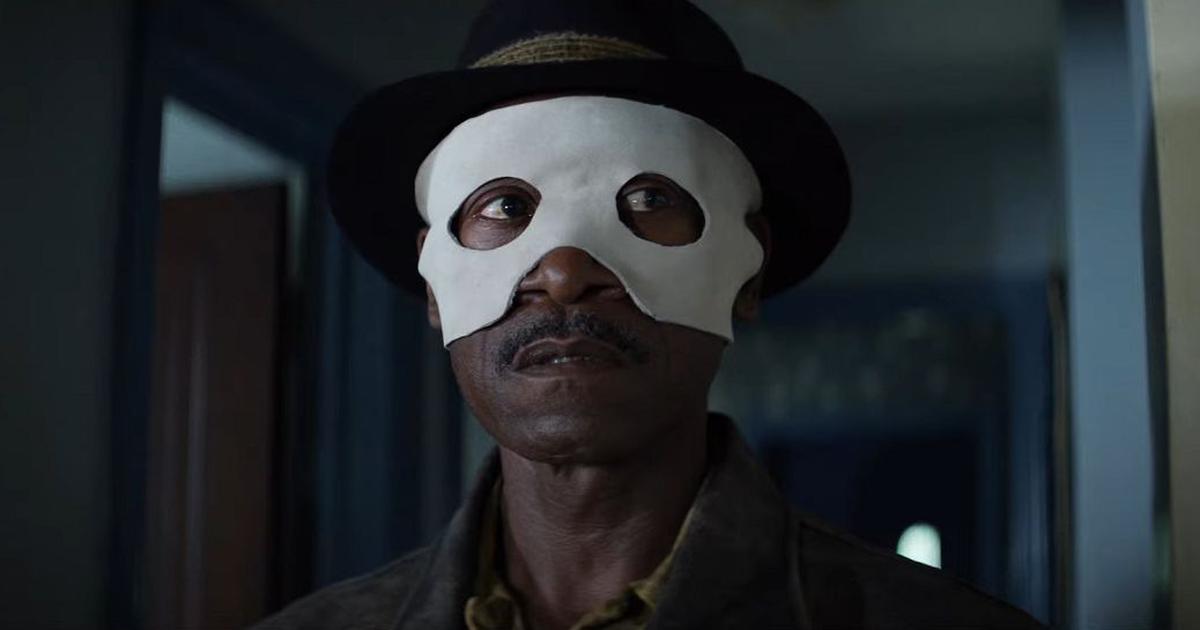
You must be logged in to post a comment.